Deep in north-central Turkmenistan, in the heart of the Karakum Desert, lies Darvaza Gas Crater. Locals often refer to it as the Gates of Hell and the Door to Hell because the crater has been burning since the 1980s.
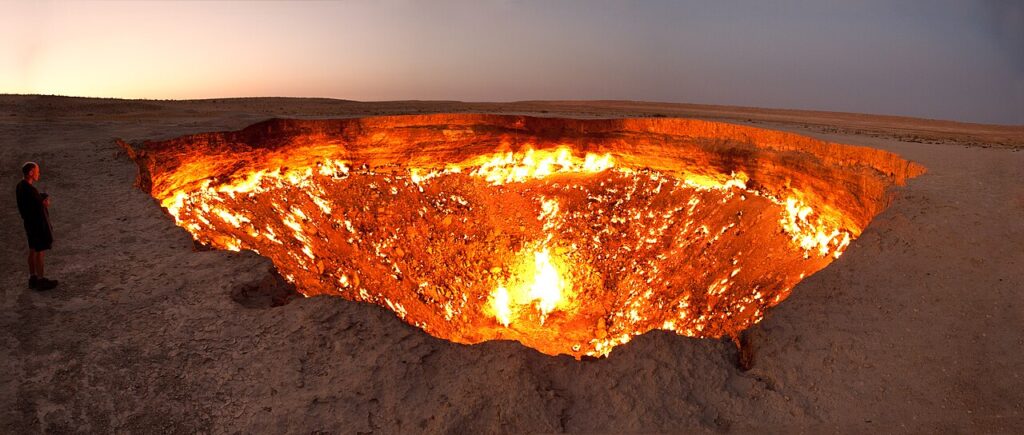

Even though the former Soviet republic of Turkmenistan isn’t a popular tourist location, visitors still flock to Ahal Province to experience the crater and see the fire themselves.
So, what’s the story behind The Shining of Karakum?
The History
The specific location of Darvaza Gas Crater is just above the Amu-Darya Basin, a place with a seemingly endless supply of oil and natural gas. Methane tops the list, which makes this place important to the petroleum industry.
While the official story was never publicly released, the available information suggests that the crater was created during the Cold War, probably by accident.
The most plausible version of the story claims that Soviet engineers were in the area in 1971, looking for oil fields. They zeroed in on a specific part of the desert and began drilling holes in the ground to reach the source of natural gas and oil.
However, they had chosen a spot above a cavernous pocket of natural gas that simply couldn’t support the weight of their equipment.
The ground suddenly collapsed, taking the machinery down as well. The craters were formed in the following days, but the now-famous Darvaza Gas Crater was the biggest. The crater’s diameter is around 60 meters (200 ft) and 30 meters (98 ft) deep. Luckily, no one was injured in the accident.
It is worth mentioning that local geologists who have researched related documents and talked to people who lived in the Darvaza village claim that the crater was created in the 1960s, also by drilling.
Natural gas was escaping from the craters daily, and the desert animals who lived nearby started dying. While methane is not directly toxic, it can cause various problems for any living creature that comes close to the gas’s source.
Oxygen levels drastically drop near the crater. Furthermore, methane is highly flammable.
Engineers wanted to stop the natural gas from escaping the crater, so they devised the most logical solution – lighting the crater on fire.
This process is often seen in refineries where excess gasses that can’t be used are safely burnt. This process is called flaring.
Shockingly, engineers underestimated the amount of gas that was trapped in the caverns underneath the crater.
The crater was set on fire sometime in the 1980s and was expected to burn out within a week or so. But that fire is still burning today after more than 40 years.
Scientists who have been studying the area have tried to locate the source of the natural gas, hoping that would put out the flames, but they still don’t know what’s feeding it.
Recent Efforts
The Darvaza Gas Crater has become a powerful symbol of Turkmenistan’s oil and gas reserves, and the country’s economy relies heavily on exporting it to other countries, namely China.
In April 2010, Gurbanguly Berdimuhamedow, the president of Turkmenistan, visited the Karakum desert and the Darvaza Gas Crater.
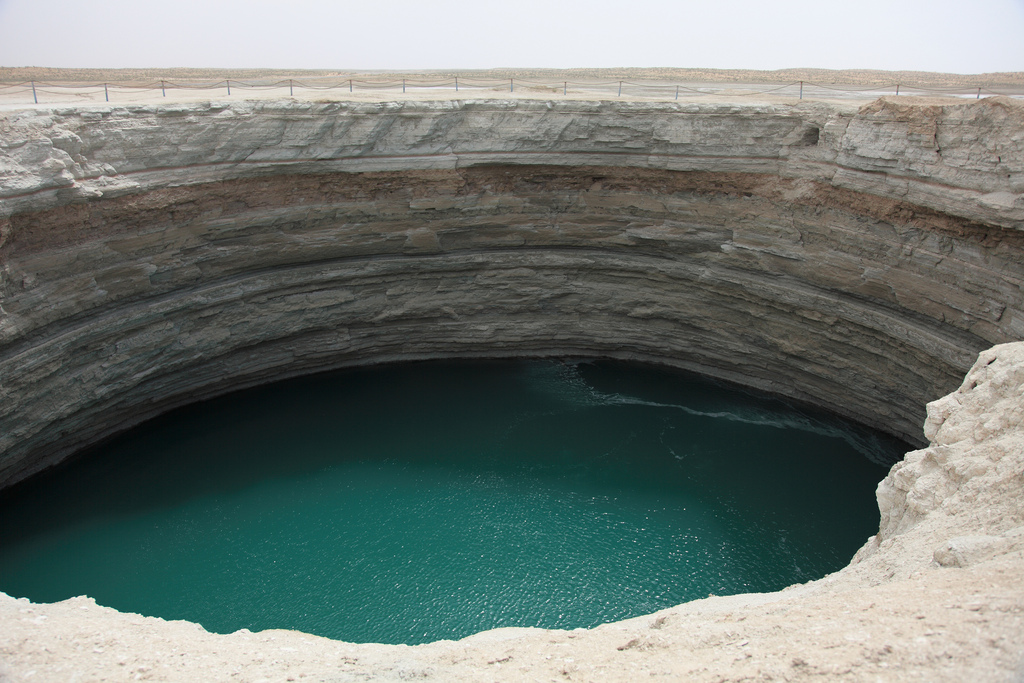
He announced that the country was planning to develop gas fields near the crater, which meant they needed to extinguish the fire once and for all.
The plan to fill the crater was set in motion, but soon, almost everyone forgot about it. In January 2022, Berdimuhamedow touched upon the same subject, claiming that the crater was dangerous for the environment and people who still live there.
He again mentioned the development of gas fields close to the crater. The crater is still burning as of 2024.
Descending Into The Crater
In 2013, George Kourounis, a Canadian explorer and storm chaser, became the first person to venture inside the burning crater.
His expedition aimed to find out if life could be possible in these hellish conditions. National Geographic supported Kourounis’ idea and partially funded his mission.
Kourounis and his team planned the expedition for 18 months. The explorer was even set on fire several times by the professionals to learn not to be scared of flames.
Regardless of all these preparations, Kourounis admitted he was a bit anxious when the team arrived at The Darvaza Gas Crater.
The explorer was put in a heat-reflective aluminized suit with a breathing apparatus. The harness was made of Kevlar to prevent it from melting. According to Kourounis, the crater almost seems otherworldly.
The collected soil samples were delivered to the experts of the Extreme Microbiome Project, who had identified bacteria that live in high temperatures.
The same bacteria wasn’t found around the crater. In the years after his descent, Kourounis has expressed interest in going there again, but with better research equipment.
An Unlikely Tourist Spot
Turkmenistan is one of the most isolated countries in the world, meaning it is not a tourist hotspot. However, the crater became an attraction as soon as people learned about its existence.
The uniqueness of the gas crater led to the creation of various myths that draw people to see this place for themselves and have a one-of-a-kind experience.
The locals have recognized the potential, but the infrastructure is still somewhat lacking. The crater is accessible by an unpaved road without any road signs, so having a guide is highly recommended.
Visitors sometimes stay in the nearby yurts, which have been placed there for those who want to spend a night near the crater.
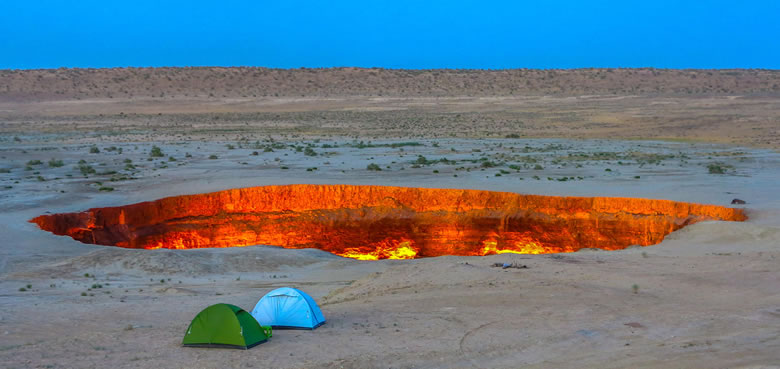
It seems like Turkmenistan’s president, Berdimuhamedow, is aware that Darvaza has become an international phenomenon. He also visits the site often and even used the crater for one of his publicity stunts.
Back in 2019, he seemingly disappeared for several weeks, resulting in rumors of his death. Then, in August of that year, Berdimuhamedow was shown on state television driving a rally car and doing doughnut stunts around the gas crater.
Myths And Misconceptions
Since many ancient mythologies and religions around the world describe hell as a fiery place beneath the ground, the Darvaza Gas Crater produced its legends in the years after it started burning.
One of the misconceptions regarding this place is that the flames have been there for centuries, giving weight to the theory that the entryway to hell is in the Karakum Desert.
However, experts have debunked that notion, confirming that the fire was started by the engineers who wanted to burn out the natural gas coming from the ground.
Another mystery surrounds the source of that natural gas. Some local legends claim that the gases are coming from hell, which is deeper under the surface.
While this notion seems intriguing, the truth is that this area of Turkmenistan is simply rich in oil and gas due to natural factors. There is nothing supernatural about natural gas.
Locals have also claimed that animals generally avoid this area, which can be easily explained due to the lack of breathable air. But they have allegedly seen spiders heading towards the fire and jumping into the crater.
Some animals can get disoriented due to various disturbances in Earth’s magnetic field. As far as we know, biologists who have studied the Karakum Desert have not recorded spiders going into the crater.
Finally, some might dispute the crater’s origin story, claiming that a meteorite was responsible for creating such a large hole in the ground.
Allegedly, a meteorite impact was covered up by Soviet officials during the Cold War. Surely, this myth sounds like something that could’ve been done back then, but documents prove the crater was made during a drilling accident.
Similar Places
The Darvaza Gas Crater looks otherworldly, but there is nothing scary or unknown about it. Even though the Karakum Desert crater is unique, other places on Earth with natural gases create spectacular views.
For instance, the highest peak of the Ijen volcano has a stunning blue glow that is sometimes mistaken for lava. However, this phenomenon results from the combustion of sulfuric gases that emerge from the volcano.
The ghost town Centralia in Pennsylvania is not a crater but an underground mine fire that has been burning underneath the streets since 1962. It started after the town officials tried to clean up a landfill created in the closed strip mine.
Geologists have estimated that the fire under Centralia could continue to burn for the next 250 years. If all of this sounds familiar, it’s because you’ve seen the movie Silent Hill, which was heavily inspired by these events.
Sources
https://www.theguardian.com/world/2014/jul/18/-sp-door-to-hell-turkmenistan-in-pictures






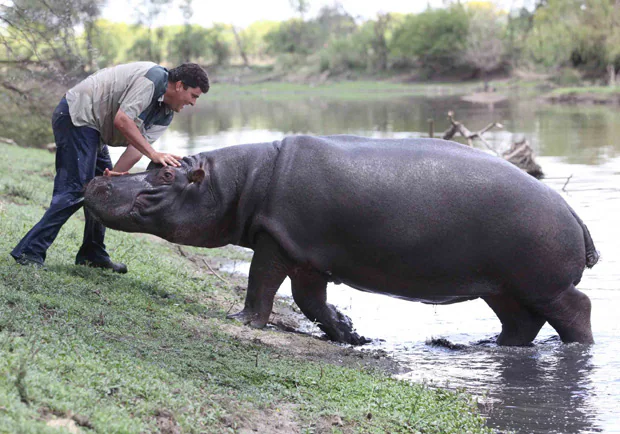



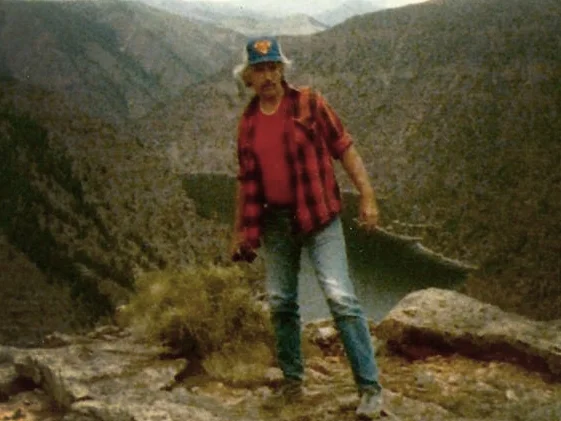
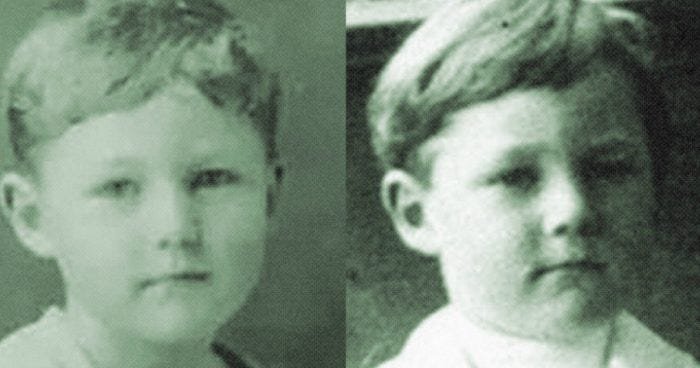

Leave a comment